Insect & Pests
All Insect & Pests Content
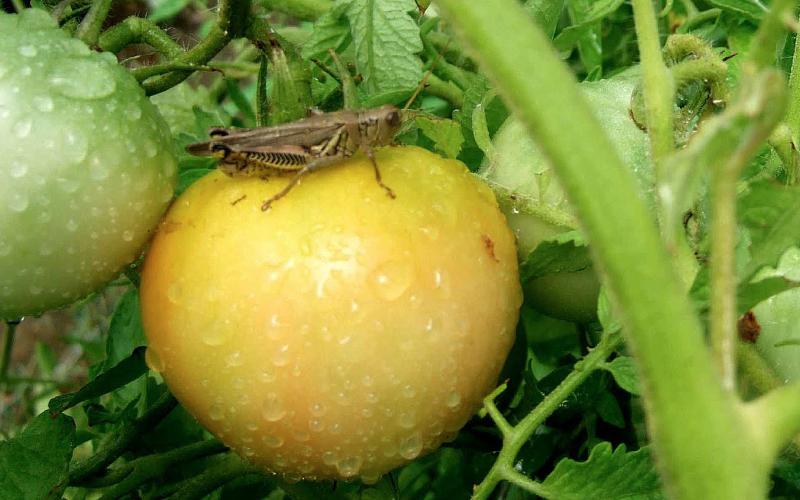
Protecting Tomatoes From Grasshoppers in the Garden
During dry summers, it's no surprise when grasshoppers start causing issues in gardens. Learn about some common grasshoppers that feed on tomato plants along with some ways to manage populations.
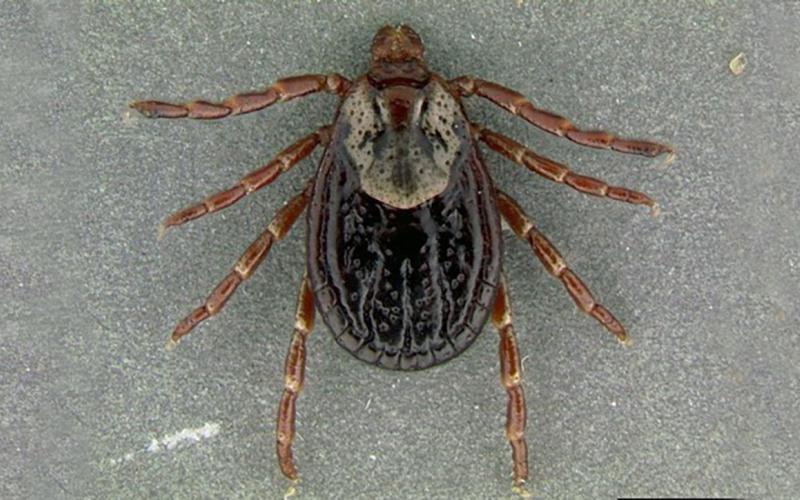
An identification guide for Arthropods of Human Health Concern in South Dakota
Pictorial guide for arthropods of human health concern in South Dakota
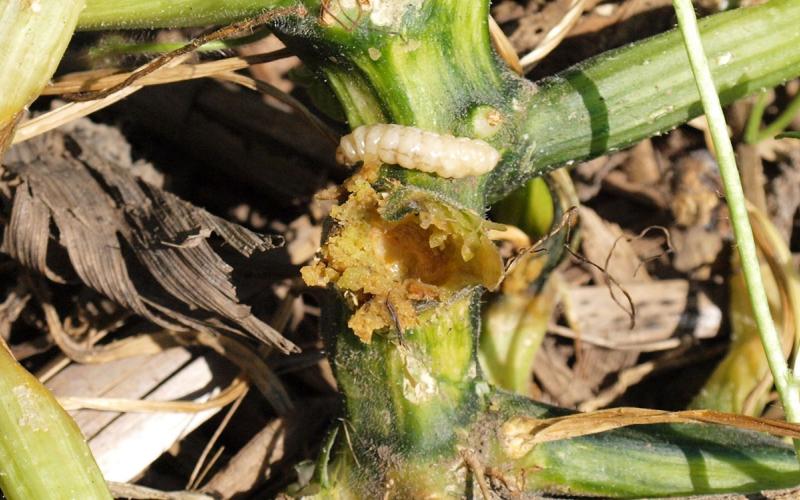
Biology and Management of Squash Vine Borer in the Garden
Squash vine borer larvae are serious pests of pumpkins, zucchini and other winter squashes. Learn how to identify and manage infestations before they impact plant health and productivity this fall.
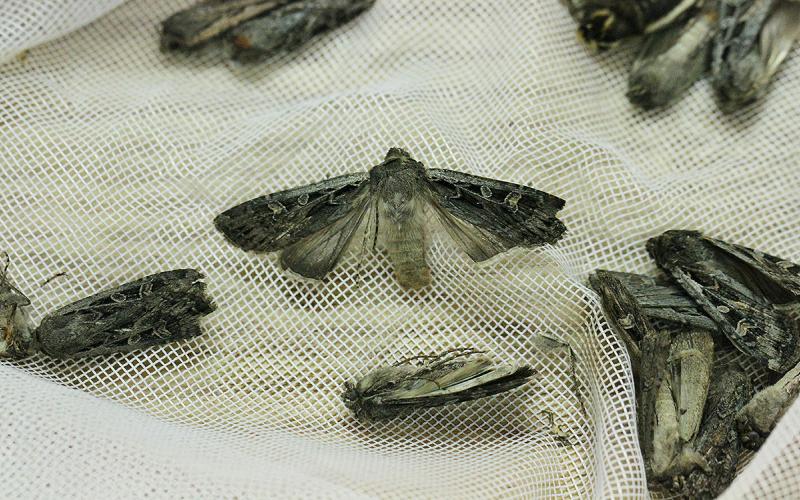
Army Cutworms Returning to South Dakota
A black light trap at the SDSU West River Research Farm near Sturgis has started capturing army cutworm moths. This indicates that the moths that migrated west this spring are returning to the South Dakota plains to lay eggs.
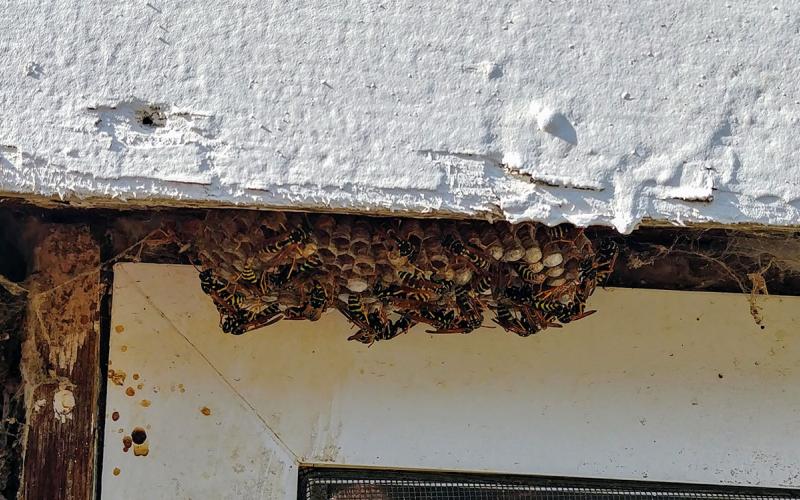
Wait, These Wasps Were Here the Whole Time?
Wasps receive attention no matter the time of year, but they are especially noticeable in late summer and early fall. Learn some expert tips for identifying and managing different types of wasps in your home and garden.
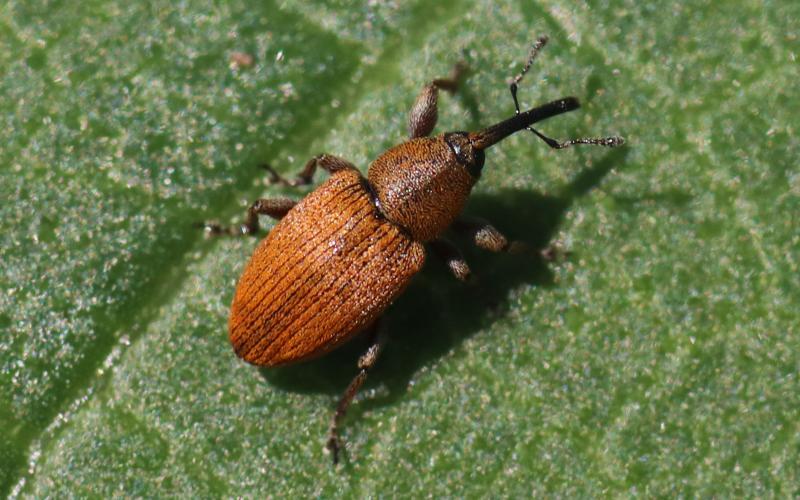
Red Sunflower Seed Weevil Populations Are Active in South Dakota
Red sunflower seed weevils are active in South Dakota sunflowers. Scouting should begin for fields that are going to be reaching the R5 stage within the next week.
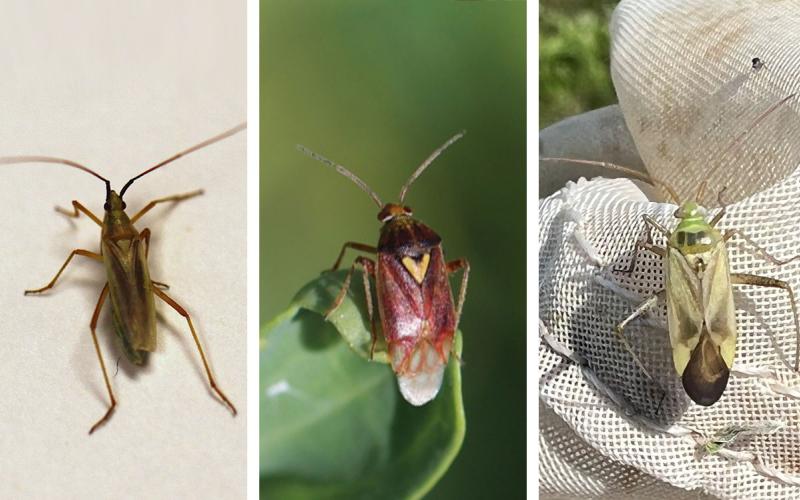
Plant Bugs Active in Alfalfa
Plant bugs are active in alfalfa fields across the state. A common question we receive from producers is why some of these bugs look so different from others.
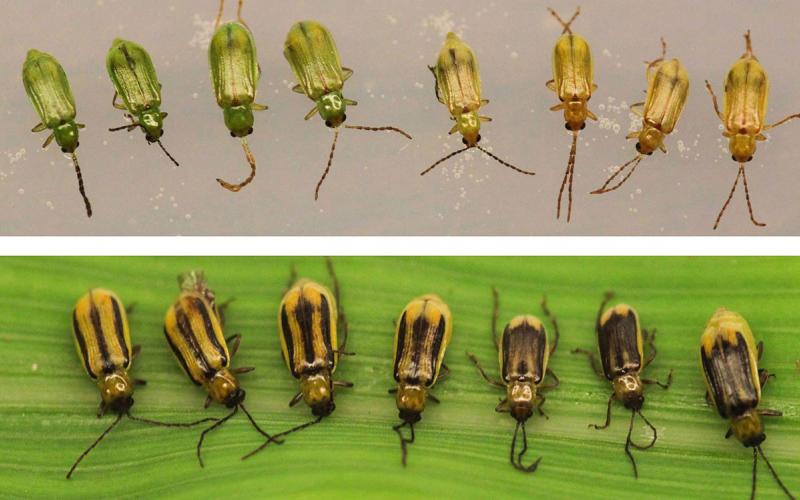
Corn Rootworm Adults Are Active in South Dakota
We have been observing a lot of corn rootworm adults in South Dakota. The emergence of these primarily underground pests can provide insight into field population levels and the potential for future root injury.

True Armyworm Caterpillars Observed in South Dakota Wheat
Wheat harvest is underway in South Dakota, and one of our seemingly annual pests has been observed in wheat fields. While scouting last week, we observed small populations of true armyworms in wheat in Northeastern South Dakota.
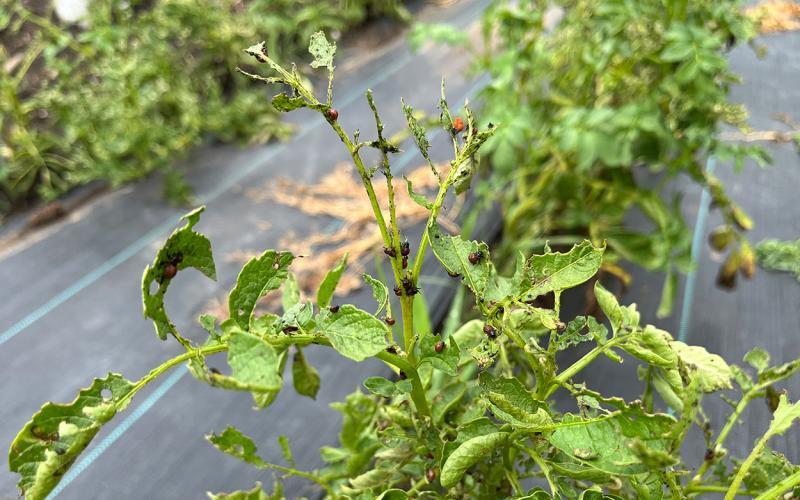
What Is Eating the Leaves on My Potato Plants?
Colorado potato beetles are currently active in South Dakota. These beetles are a major pest of potatoes and other members of the nightshade family, including tomatoes, peppers and eggplants.